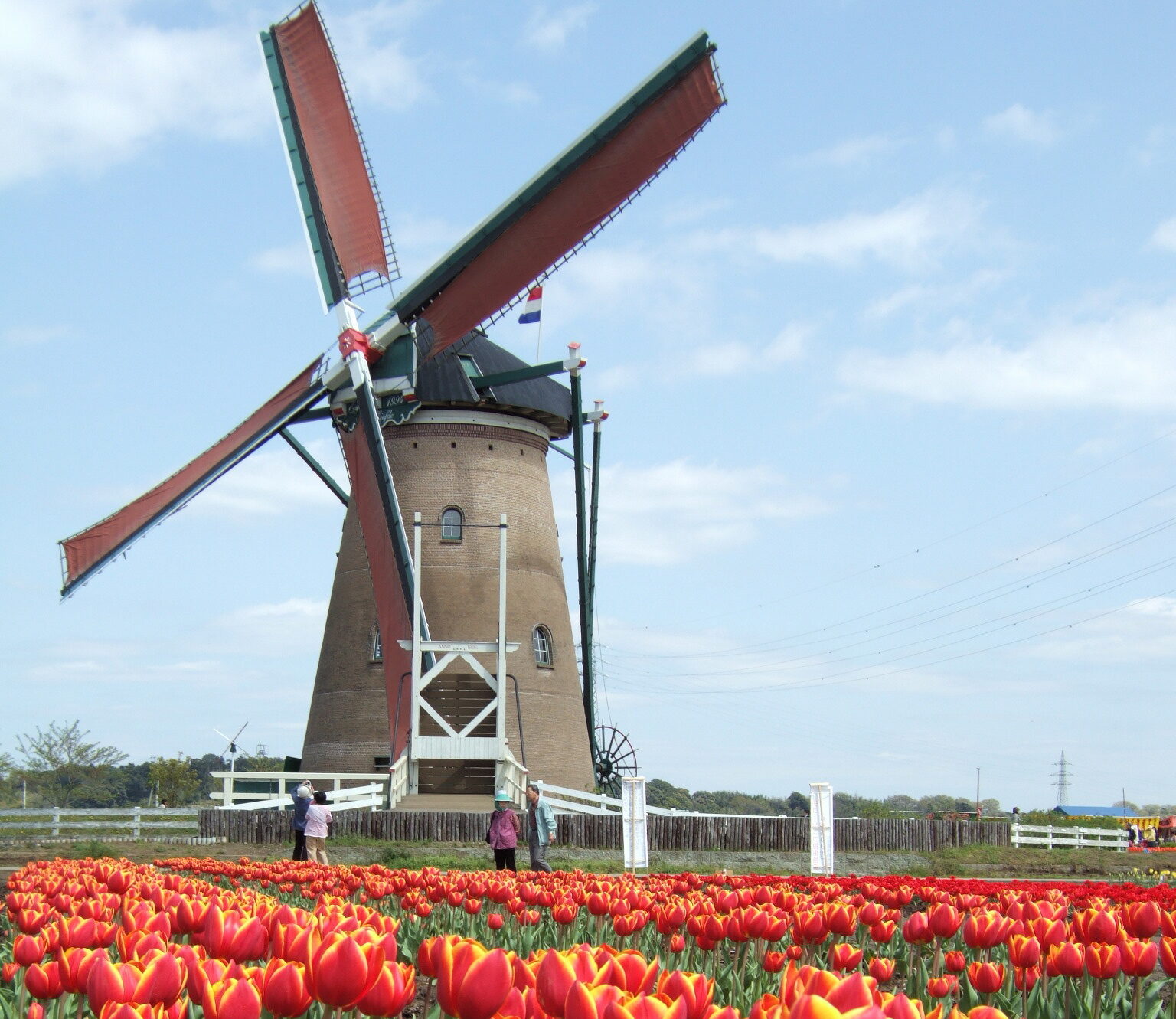Windmill De Liefde, Japan
This Dutch windmill is close to the Japanese city of Sakura and is named after the sailing ship which brought the first Dutch to Japan over 400 years ago. Even the tulips and the river running by are reminiscent of the Netherlands. It was apparently built in the Netherlands as a sort of Ikea kit and assembled in Japan.
Holland, Michigan
The town of Holland, in the west of the state, has some 35,000 residents. It is not only called Holland but organises an annual Tulip Time Festival – and yes, they even get out the clogs and national dress to celebrate.
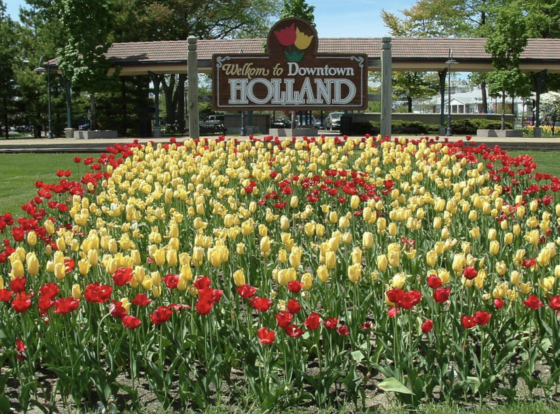
Orange County Hotel, Kemer in Turkey
A pastiche including every Dutch cliche imaginable – built like a 17th century canal house, with little wooden houses, a windmill and even a mini red light district. Truly weird.
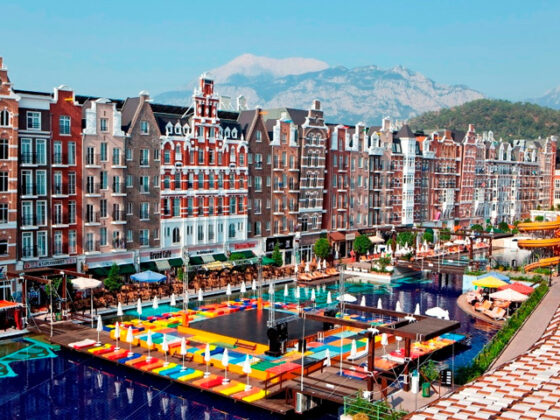
Holländische Viertel, Potsdam in Germany
Potsdam has a Holländische Viertel, or Dutch Quarter which was built in the 1730s when King Frederik Willem I tried to attract Dutch migrant workers to set up their own colony. The district is visited every year by Sinterklaas and has, of course, a tulip festival.
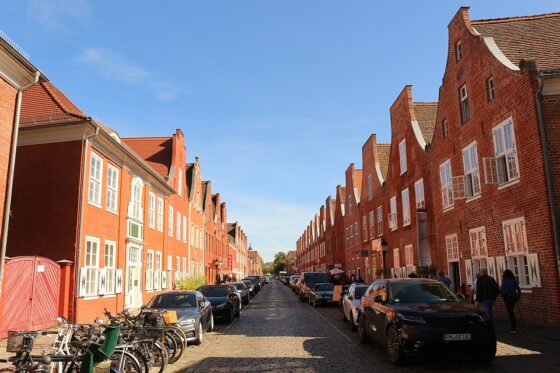
Nederland, Colorado
According to the town’s website, Nederland (population 1,337) took its name in 1874 when the population of the Middle Boulder homestead voted to adopt the nickname of a mine instead. The mine had been bought by the Mining Company Nederland from the Netherlands and the miners took to calling it ‘the Nether lands’ or ‘low lands’ – probably ironically seeing as the mine is located at 10,000 feet above sea level.
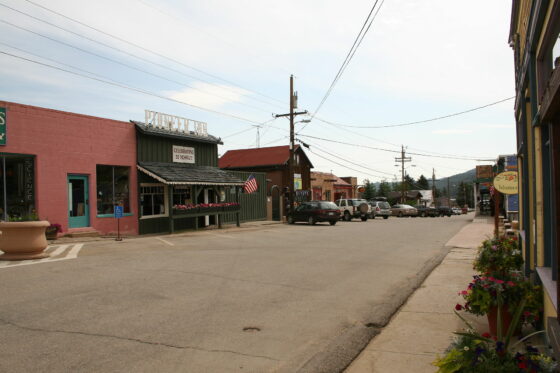
Amsterdam, Indian Ocean
This rocky and uninhabited island in the Indian Ocean which was discovered by the Spanish in 1522. Said by some to be the most remote place on earth, Amsterdam was named by Dutch sailor Anthonie van Diemen who was on his way to Java at the time. The only way to visit is via a cargo ship and the journey is said to take two months.
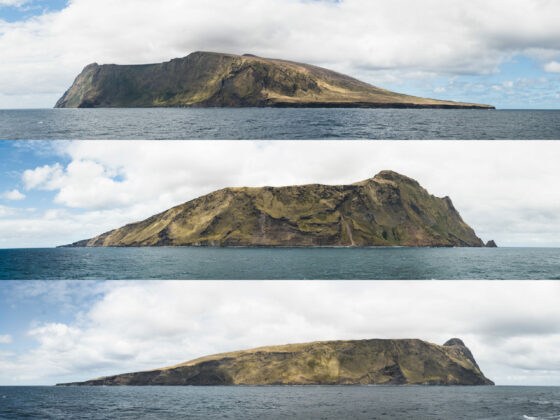
New Holland, St Petersburg
The island of New Holland (Но́вая Голла́ндия) in St Petersburg was created in the 1720s, when two canals connected two rivers together. The triangular island took its name from the waterways and shipbuilding facilities that reminded people of Amsterdam. Not forgetting Peter the Great had learned shipbuilding in the Netherlands and brought a number of Dutch experts to Russia, of course.
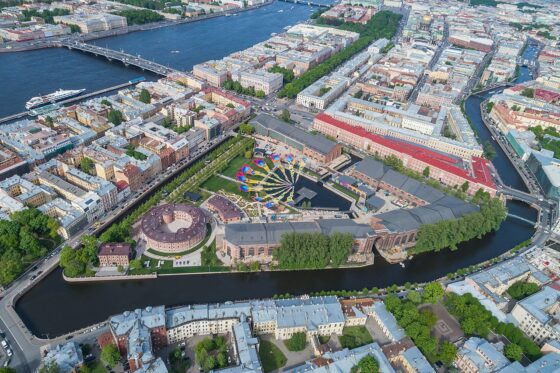
Holambra in Brazil
A relatively new piece of Dutch history, Holambra was founded in 1948 by Catholic Dutch immigrants. According to Wikipedia, the cows that were shipped in from the Netherlands by the first colonists did not survive the heat and tropical diseases so the settlers diversified to pig and chicken farming and the focus has now shifted to horticulture. More tulips perhaps? The name comes from Holland-America-Brazil – a good Dutch acronym as well.
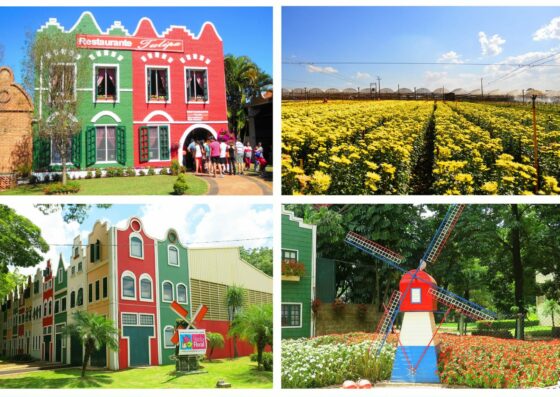
Indiansdorp, Balfron, Scotland
This unprepossessing couple of rows of houses outside the village of Balfron, north of Glasgow is called Indiansdorp – Indian village – and we have never been able to work out why.
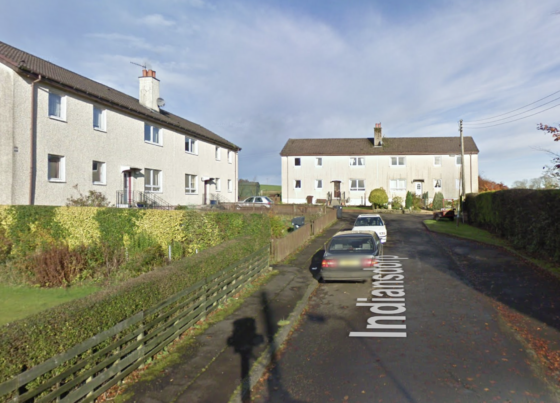
The locals claim the Indians bit is a corruption of the Gaelic for ‘fairy hill’ but we don’t think so. We think it probably something to do with the nearby Polder Farm and the Lake of Mentieth – so named by the Dutch who lived in the area because they did not know all Scottish lakes are lochs. But if anyone knows the answer, we’d love to hear from them.
